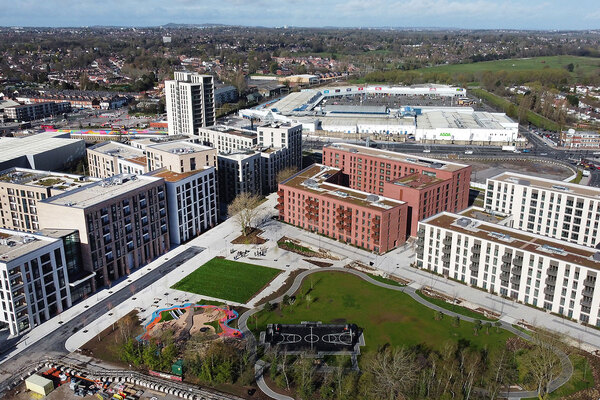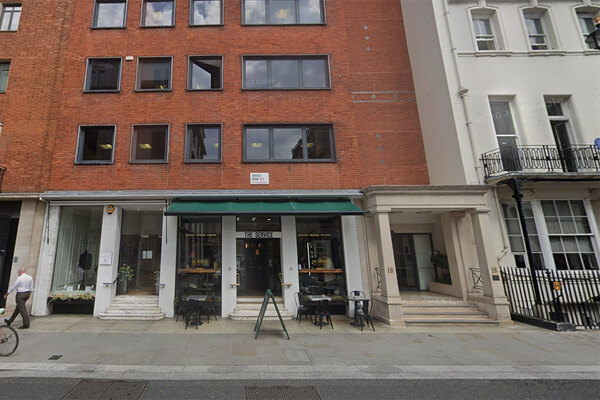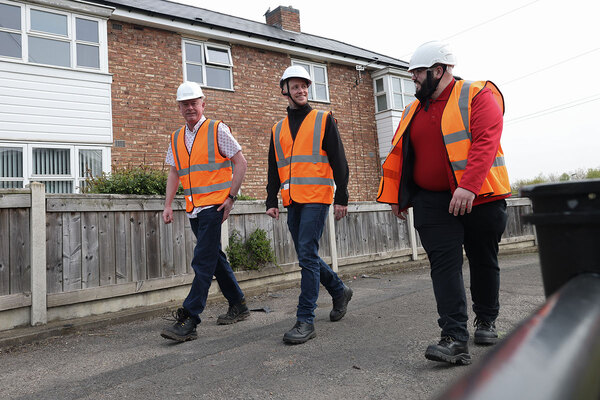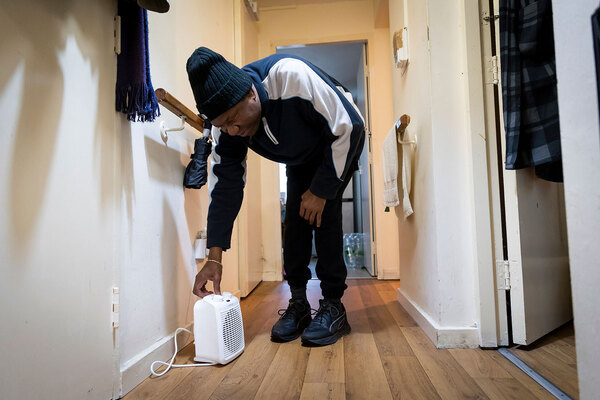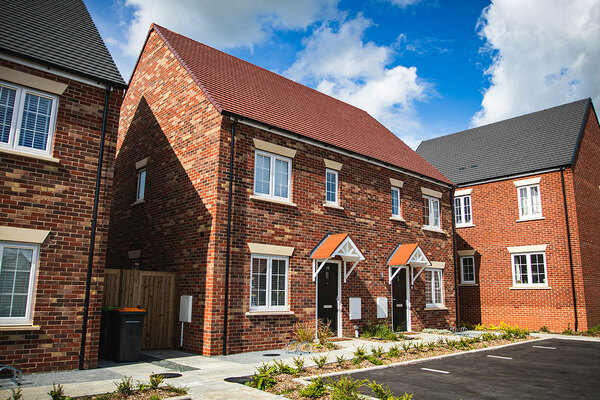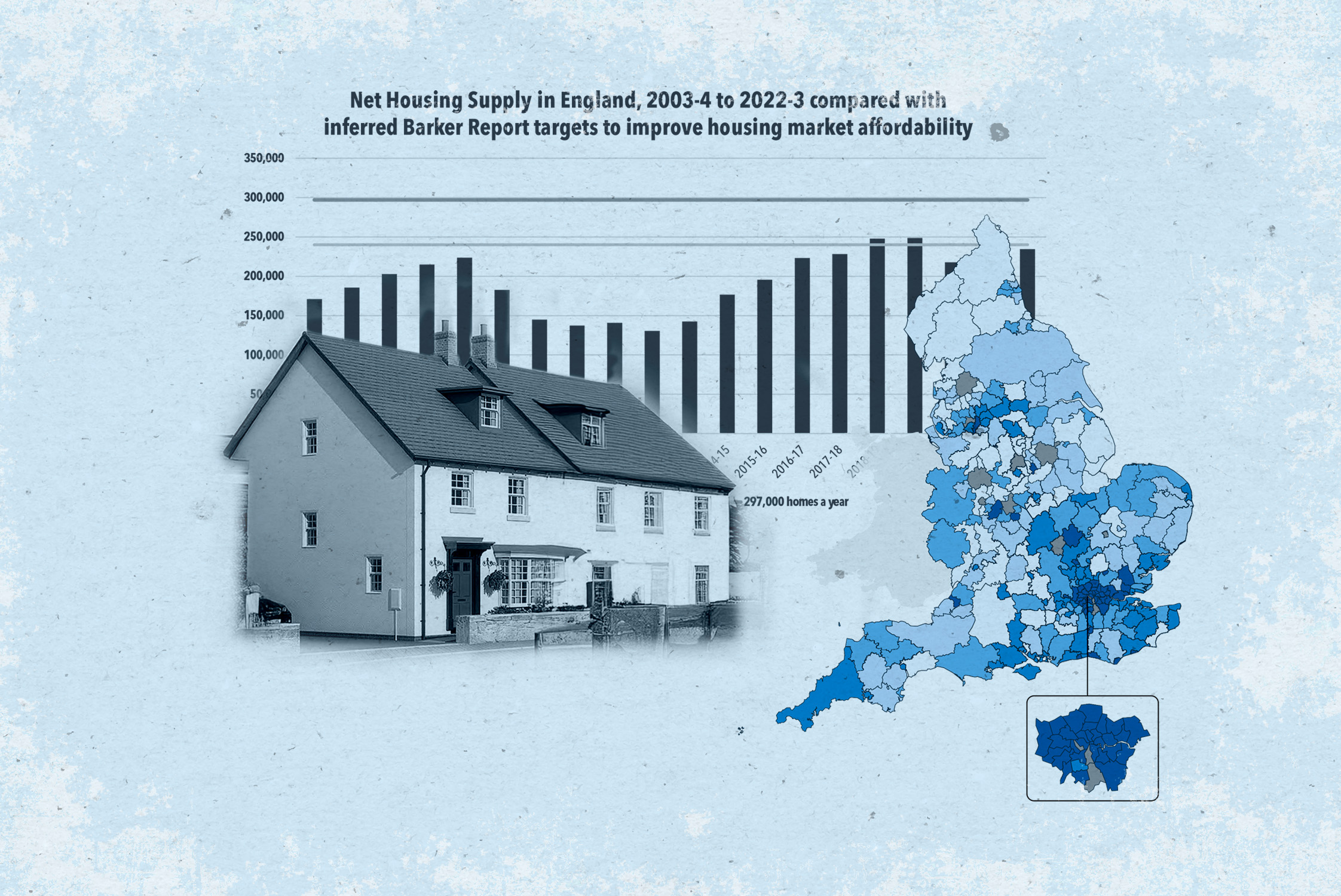Green dealing
I will endeavour not to mention our Green Light campaign in this week’s blog.
Despite the fact that we have garnered more than 400 signatures and have the support of many more associations, consortia and bodies like Shelter – as well as the Labour Party and Green Party - I am going to quit banging on about the campaign.
I am sure you all have better things to do than hear about how it takes less time to sign up than it does to visit the water cooler. (Much less, actually).
So, even though you definitely should back Green Light if you haven’t already, instead I am going to steer you towards my favourite other subject, the green deal.
Many of you, like me, will be itching to read a copy of the long awaited green deal consultation.
For some time you will have heard the expression ‘shortly’ or ‘forthcoming’ or, maybe, you might have heard someone prick your excitement with the word ‘imminently’.
Perhaps, like me you have been told as many as five different dates for when it is expected. Well, I am now feeling moderately confident that next week we might actually have a physical document in our hands with tangible detail on how the green deal will work.
At the very latest I am assured it will be the 29th of this month, but in all likelihood it will be sandwiched as part of the bumper package of other government announcements scheduled for next week; on Monday we have the housing strategy with the right to buy consultation, and on Friday the growth strategy.
Both of these (especially the latter) are more eagerly anticipated and pressing than the green deal consultation – and therefore the contents of the green deal consultation could well get lost in the media wash.
Clearly, Inside Housing will be all over the design of ECO and the nitty-gritty of the green deal like a rash. But there are some bigger questions – like what can landlords actually do with the green deal? – which few are really asking right now.
One organisation that is renowned for its holistic outlook and is in fact asking that very question is Bioregional. As we report this week, the options are limited without considerable ECO funding.
The charity has found green deal finance alone will only cover £4,000 of energy efficiency work at a typical home, with a further £10,000 of work for flats or £20,000 of work for houses falling outside the scope of the scheme.
This was based on research and modelling for a scheme to retrofit 2,500 homes in the south London suburb of Hackbridge.
The green deal measures that were covered included loft insulation, cavity wall insulation, lagging and boiler exchanges – all things that most providers have already undertaken to some extent through CERT and CESP.
For many this research will confirm what we already know: that in order to achieve major savings in social housing, more difficult – or expensive – measures will need to be undertaken.
Much of the ‘low hanging fruit’ measures have already been picked. And to meet the ‘golden rule’ and achieve savings in social homes landlords will need MORE not less ECO funding.
In the words of Joanna Marshall-Cook, energy project manager at Bioregional: ‘I’m not sure what scope there is for social housing providers to use that [green deal] unless they are going to go down the solid wall insulation route, and that would need ECO funding.’
Without improved access to ECO, many landlords may well look at the green deal and wonder what the point is. Why should they bother?
Which, awkwardly brings us back to our Green Light campaign to ensure landlords are not excluded from any ECO funding.
But I said I wouldn’t loiter around this, so moving on…
In other news, we this week reveal exactly what the hit of the Carbon Reduction Commitment could be for councils.
The scheme, which was made a far blunter tool by Chancellor George Osborn this time last year, is effectively a tax on carbon emissions complete with a league table to name and shame the biggest green sinners.
The table was published for the first time last week and Inside Housing put in some leg-work to find out what the impact of the CRC is likely to be for cash-strapped authorities. The result is an eye watering £86 million hit. Given how little green funding is available to councils, and taking into account that the feed-in tariff – which was previously an easy way of cutting emissions while generating a tidy income – has been slashed back, this is actually not an insignificant sum.
If you need evidence of what £86 million could do to improve social tenants’ lives, just look at the £4 million that was today distributed among 24 social housing providers from across Britain under the Renewable Heat Premium Payment scheme. Despite being a small amount of money, the government received 125 bids from landlords. It all counts.
The Local Government Association has hit out against the scheme for creating unnecessary admin and distracting councils from investing in worthwhile carbon reduction measures.
They are certainly not alone – the scheme has been widely attacked for being laborious and overly complex. But ultimately it is too late for complaining. Big businesses are feeling the sting – but should tax payers be paying the costs of their local government’s inefficiencies? I am keen to hear what you think on this.
Either way, it will be a welcome stimulus for councils to adapt and change with the private sector.
